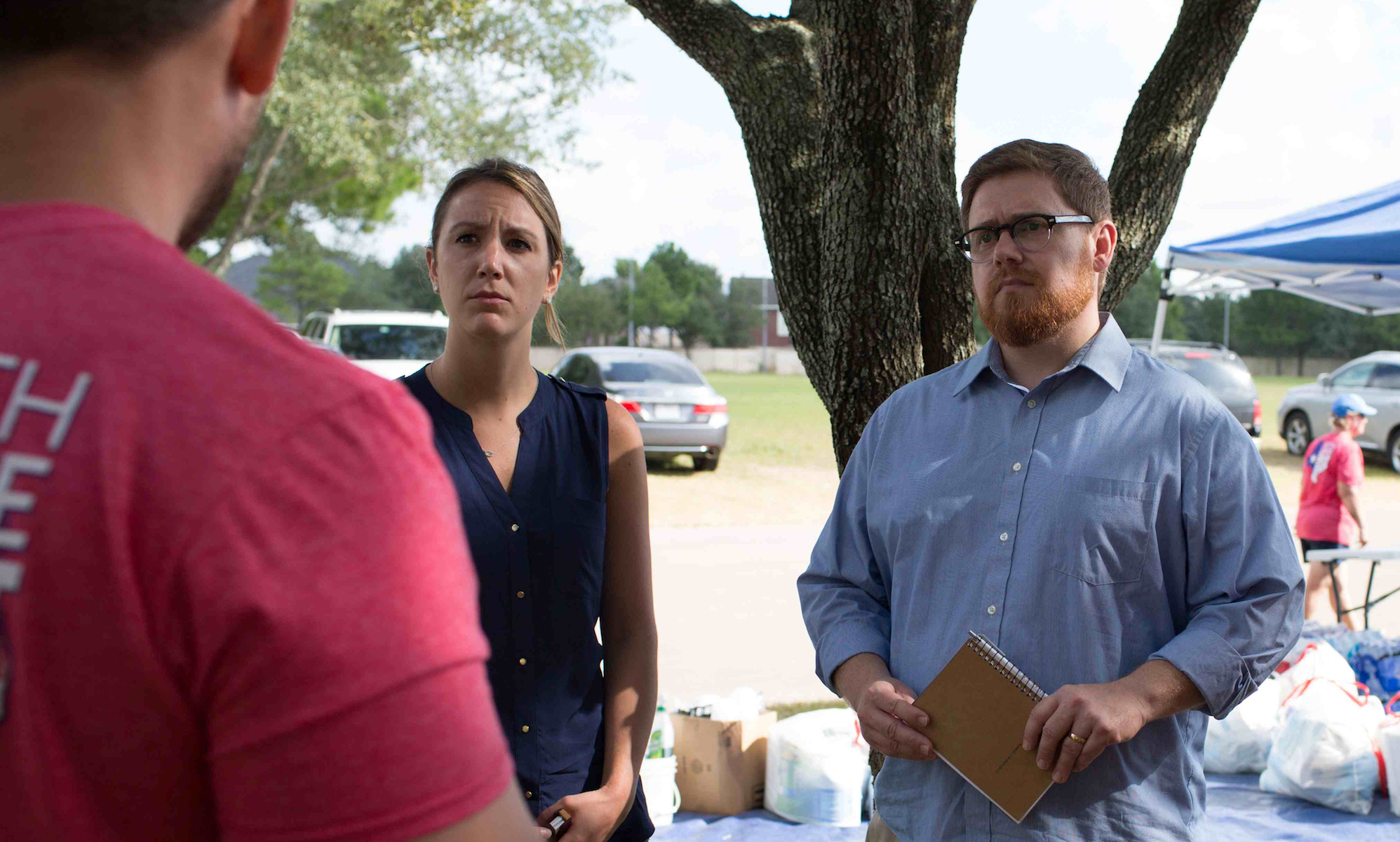Fear of One Form of Food Safety is Raising Your Risk

What if you could radically reduce how many people get sick from foodborne diseases like e.coli and salmonella and norovirus; one American in six (48 million people) gets sick, 128,000 are hospitalized, and 3,000 die, each year. Of course you’d want to reduce that threat to public health. But now imagine that to make the food safer, you had to use a technology which, while safe and approved, freaks people out? And right on the label you had to tell the consumer you had used this scary technology. If you were a major food company, would you do it?
The technology is irradiation. Low doses applied during food production or packaging can break up the DNA of germs living on food, killing the germs but doing nothing harmful to the food. In fact, it not only makes food safer, but killing the germs reduces spoilage and waste. Irradiating food has been legal in many countries for years, and it’s commonly used on spices (to kill insects). But not much else. Why? Because the government requires food manufacturers to tell the consumer the food has been irradiated on the label with the green radura symbol at the top of this column, and some sort of explanatory phrase like “treated with irradiation to inhibit spoilage” or “treated with irradiation instead of chemicals to control insect infestation.” And the companies are worried that radiation freaks people out. So because of a perceived risk, technology is not being used that could reduce a real one…a huge one.
In an opinion piece in the New York Times, Mark Bittman calls this ‘the ick factor’ That’s a rather simplistic phrase for the psychology of risk perception, the subjective/emotional/affective process by which we take the few facts we have, run them through a set of subconscious mental processing shortcuts and emotional filters, and come up with a quick gut judgment about whether something’s dangerous. Often these judgments are right. Sometimes, though, if we’re more afraid than the evidence says we need to be or less afraid than the facts warn that we ought to be, what feels right actually makes things worse, a phenomenon I call The Perception Gap. Avoiding making food safer with irradiation, because radiation scares, us is a great example.
To help explain the ‘ick factor’ about radiation Bittman writes about, here are some specific psychological characteristics that make radiation scary;
— Human-made risks are scarier than natural hazards. Most people worried about radiation from nuclear power plants or cell phones aren’t nearly as worried about radiation from the sun, a carcinogen that kills 8,700 Americans a year from melanoma.
— Risks are scarier if we can’t detect them, or they’re hard to understand, and we don’t know what we need to know to protect ourselves. Radiation is invisible/odorless/tasteless, and complicated.
— Risks are scarier the more pain and suffering they might cause. Radiation is associated with causing cancer, which often causes terrible pain and suffering.
— Risks are scarier if they have been stigmatized. Just hearing the word radiation induces fear, in part, because it has been stigmatized by atomic bombings and Three Mile Island and Chernobyl and Fukushima and anti-nuclear campaigning, all dramatized by an alarmist news media.
So how do you think a food company figures you’ll feel when you look at the label, with their brand name on it, and see that the food you’re thinking of buying has been irradiated…zapped…nuked! They’re afraid you’ll be afraid, and associate your fear not only with the specific product but with the brand. So they don’t employ a technology which could keep us all much safer. But the risk perception psychology that explains our fear of radiation, also offers answers…solutions to the dangers of The Perception Gap.
— It turns out that our subconscious assessment of risk also considers the associated benefit; the greater the benefit, the less afraid we are of the risk .Consumer research has found that if people understand that irradiated food offers the benefit of safer food, many will buy it. Those who can will even pay more for it.
— Risk perception research has also learned that we are more afraid of risks when they’re imposed on us than if we take the risk voluntarily. If you choose to engage in a risk you’ll be less afraid of it. Well, labels give people choice, and that reduces fear.
These factors don’t eliminate all those other reasons radiation is scary. But they help people put the risk in perspective, and weight their options more thoughtfully. Still, the food firms don’t want to put the scary “R” word on their products, so they proposed ‘cold pasteurization’. The FDA rejected that as dishonest, which is wise. A dishonest label is worse than none at all. It would feed mistrust and increase the fear. The food firms also don’t want to sell one package of chicken labeled “irradiated to improve safety and shelf life”, right next to the unirradiated version, fearful that comparison shoppers might assume the unirradiated chicken – the bulk of what the company sells – might be less safe.
Well, how about a label that features the green radura and an explanatory phrase something like
“treated with radiation as an additional precaution for added safety and shelf life”
They’re both safe. One is just safer. They could even charge an extra few pennies per pound for the irradiated product. The consumer research, and the study of the psychology of risk perception, both indicate that this could work.
At the moment we are victims of the very risk perception process that’s supposed to keep us healthy and alive. Radiation scares us. Frightening away customers scares companies. And as a result of all of this fear, we are at greater risk! It need not stay this way. Recognizing the risk of The Perception Gap, and then using an understanding of the inner workings of the psychology of risk perception, can help us narrow the gap, think about risk more carefully, and hopefully make wiser healthier choices for ourselves and our communities.
(The phrase The Perception Gap comes from “How Risky Is it, Really? Why Our Fears Don’t Always Match the Facts”





